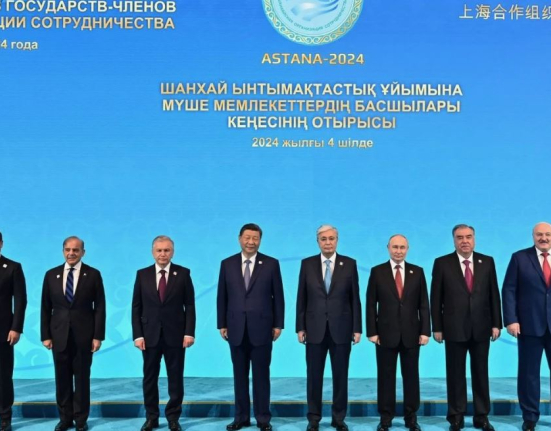Trade and economic cooperation between China and Saudi Arabia are poised for significant expansion in the coming years, driven by aligned economic interests and collaborative efforts to enhance synergy between China's Belt and Road Initiative (BRI) and Saudi Vision 2030, according to analysts and industry leaders.
Saudi Vision 2030, a transformative reform agenda, is not only reshaping the Saudi Arabian economy but also fostering stronger communication and coordination between the two nations on regional and global issues.
While the cornerstone of China-Saudi Arabia business relations historically centered on oil trade, Saudi Arabia's aspirations for infrastructure modernization and advancements in services and manufacturing have created fresh opportunities for Chinese project contractors and manufacturers. This includes projects related to roads, airports, oil tankers, new energy initiatives, offshore engineering equipment, and container ports.
Wang Wen, the executive dean of the Chongyang Institute for Financial Studies at Renmin University of China, highlighted that Saudi companies are eager to explore collaboration with China in third-party markets. The objective is to strengthen commercial ties with various countries and regions through increased cooperation under the Belt and Road Initiative.
China-Saudi Arabia trade, propelled by their complementary trade structure and closer economic ties, witnessed a remarkable 33.1 percent year-on-year surge, reaching $116.04 billion in 2022, according to data from China's General Administration of Customs.
China primarily exports construction machinery, vessels, manufacturing equipment, steel, textiles, furniture, computers, smartphones, garments, and household appliances to Saudi Arabia. Additionally, Chinese-made electric passenger vehicles are gaining popularity in the country.
In reciprocation, Saudi Arabia, beyond its traditional exports of crude oil, petrochemicals, and fertilizers, is diversifying its exports to China. These include metallic ore, aquatic products, marble, olive oil, sesame, and dairy products. The mutually beneficial trade relationship continues to deepen, fueled by shared economic objectives and collaborative initiatives.

















